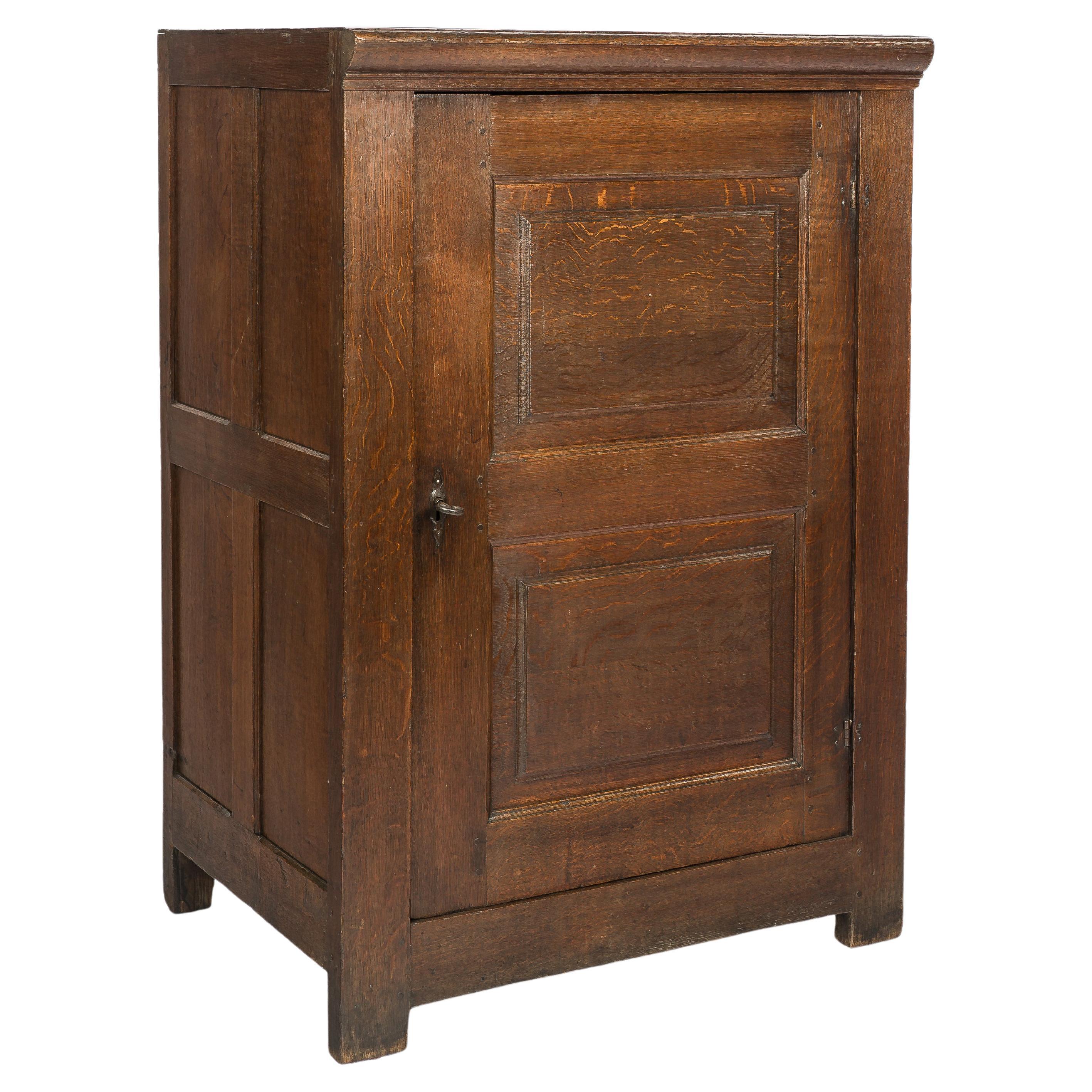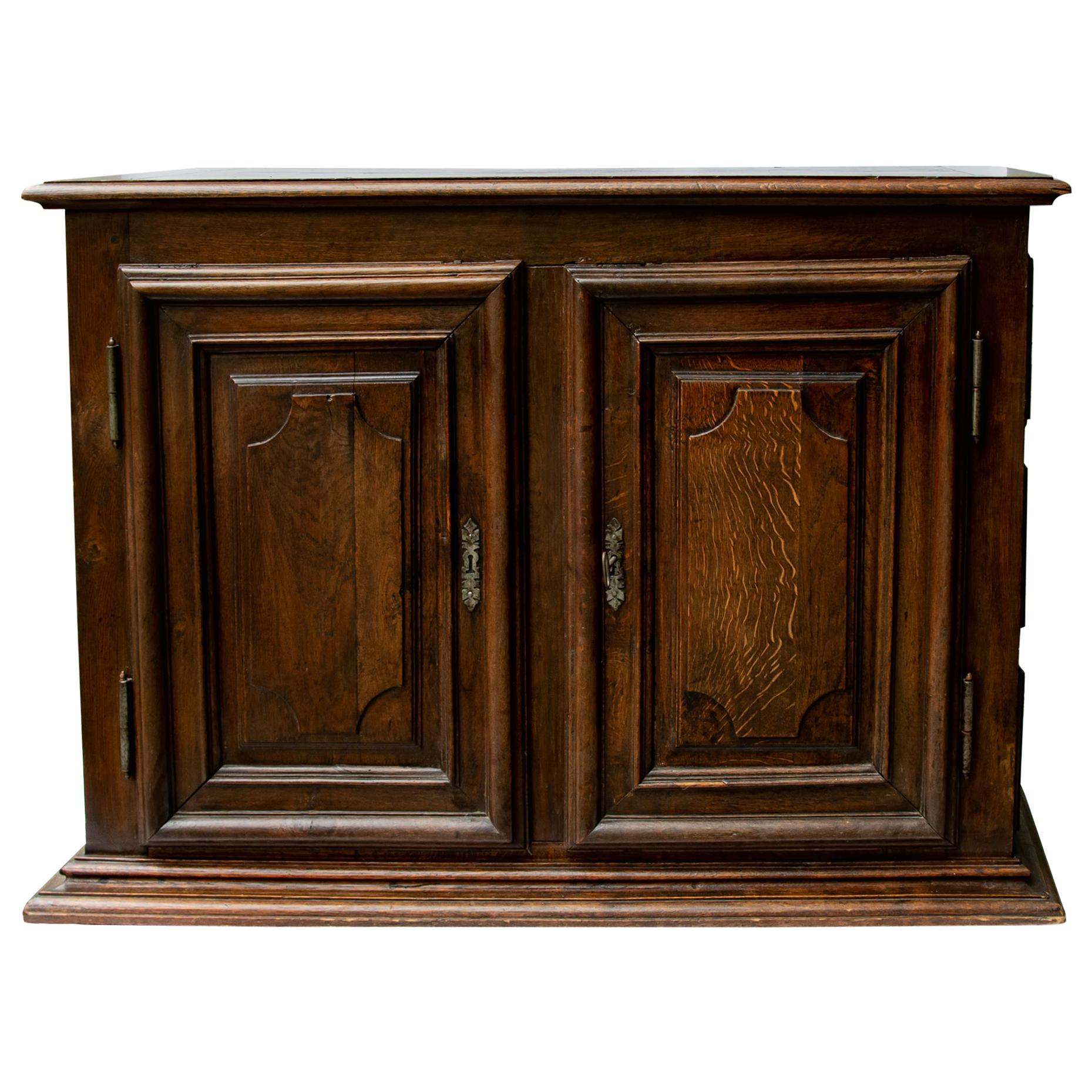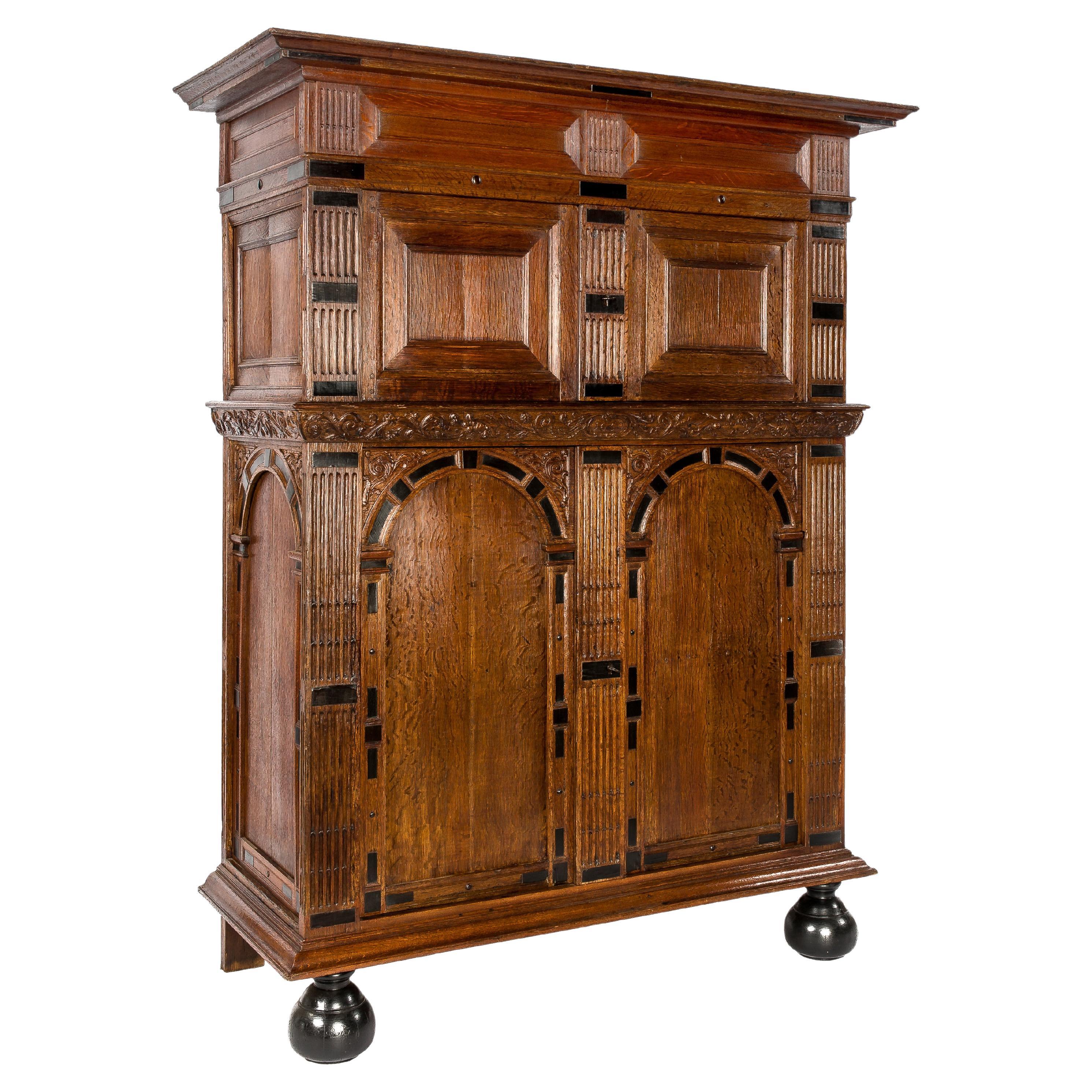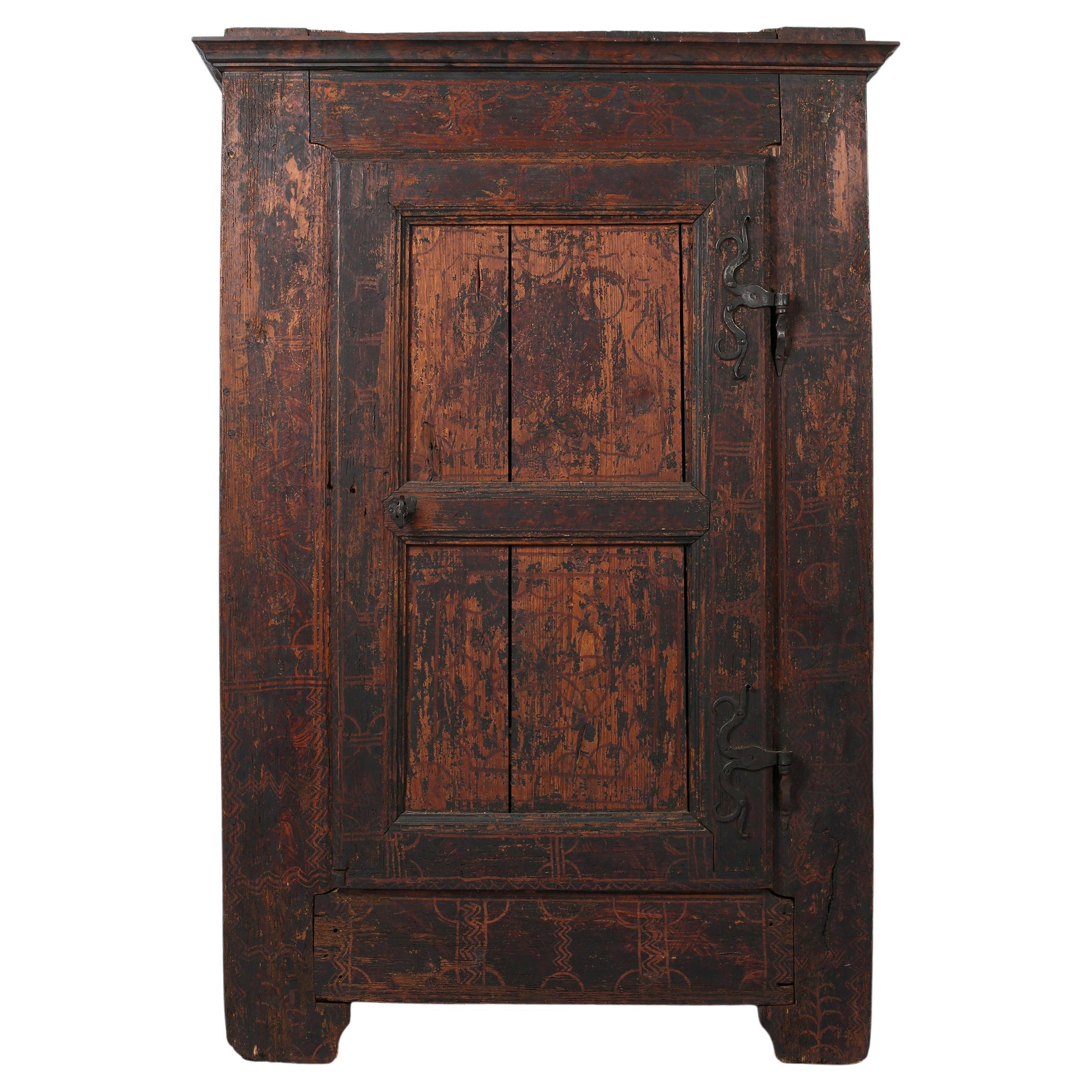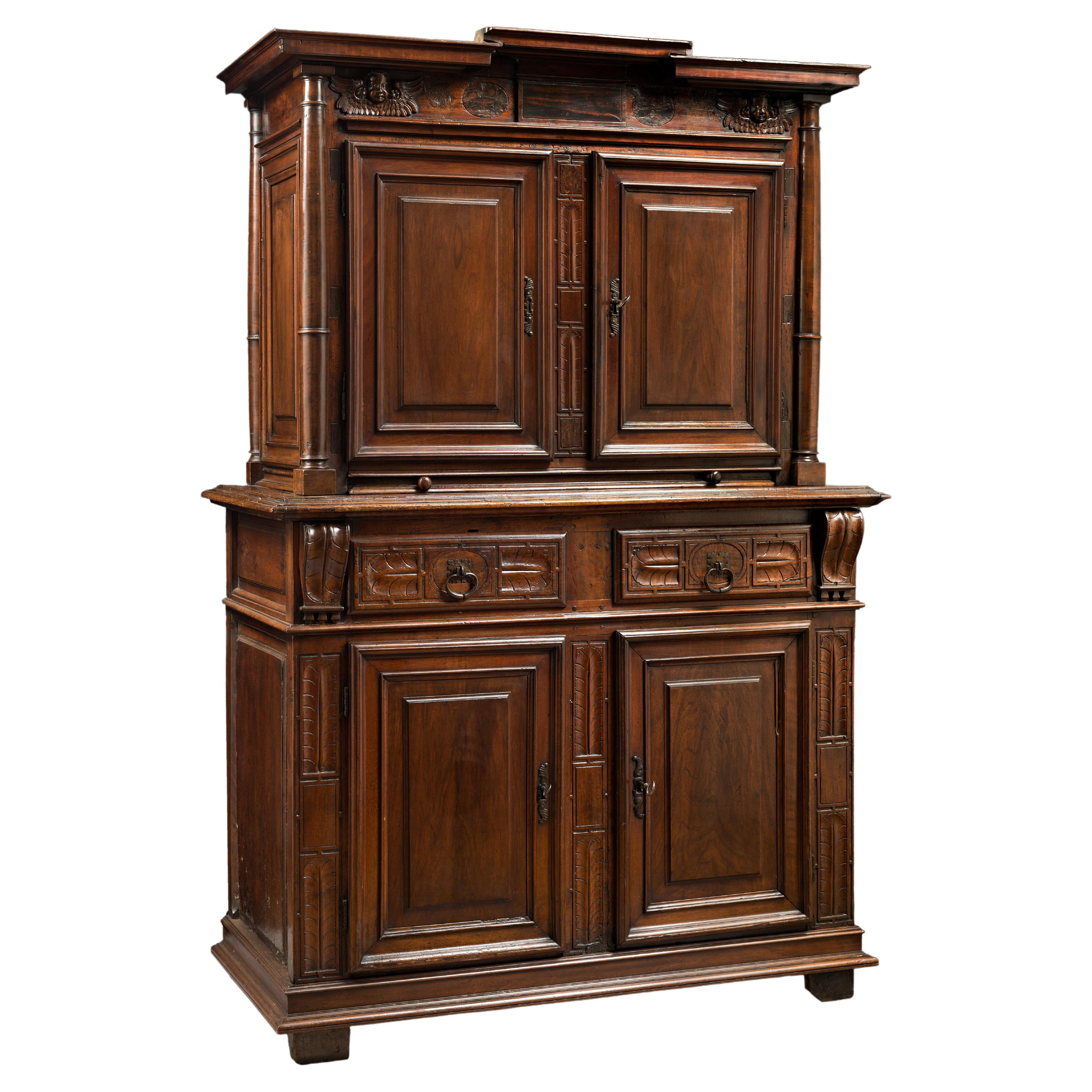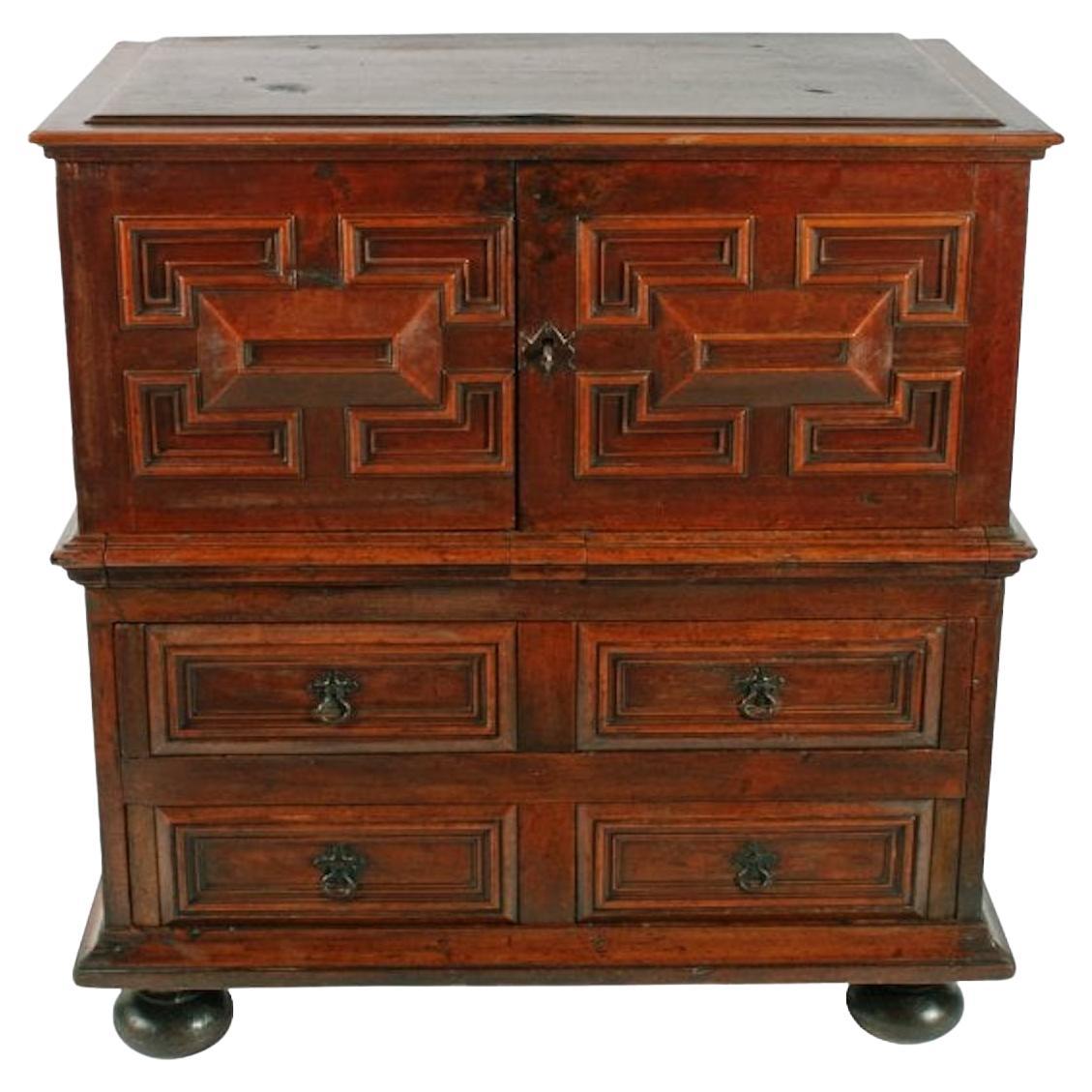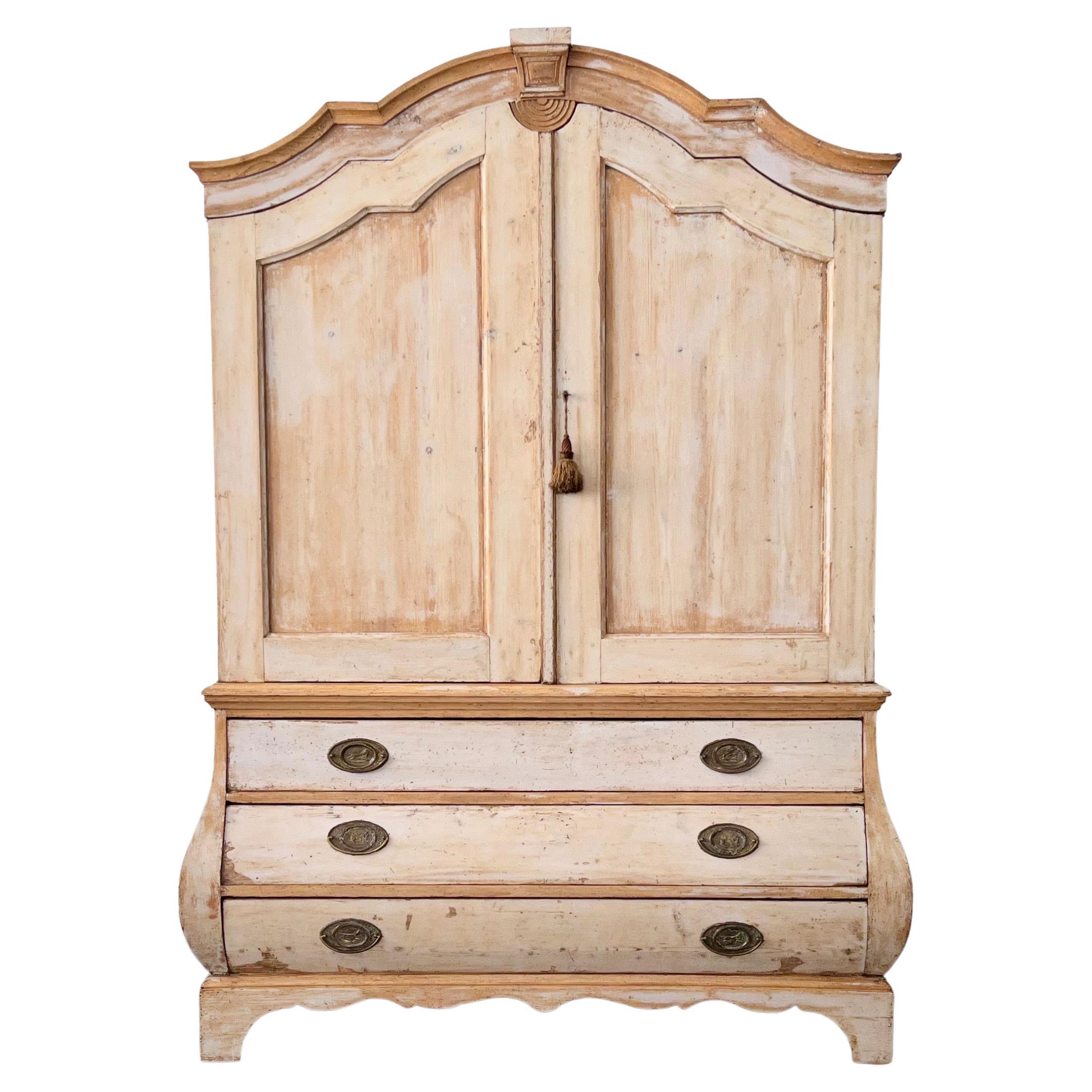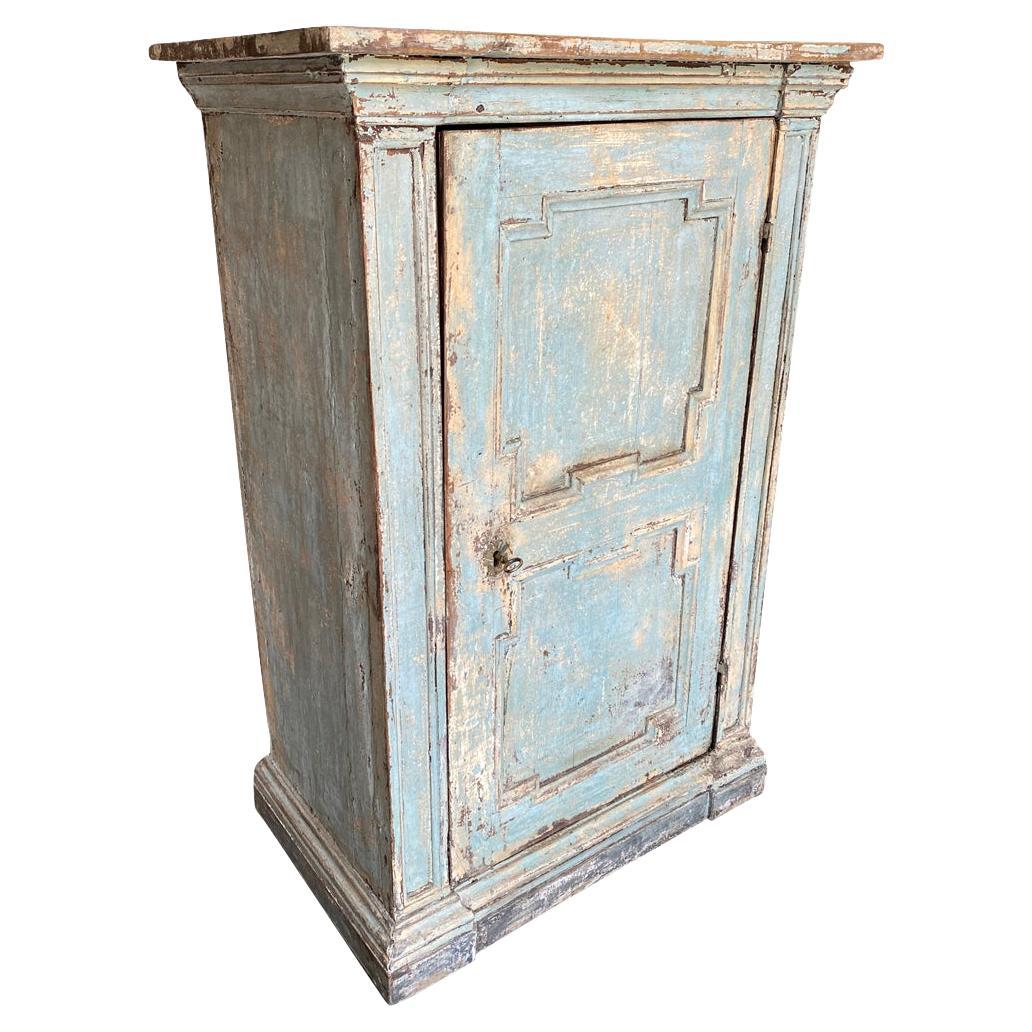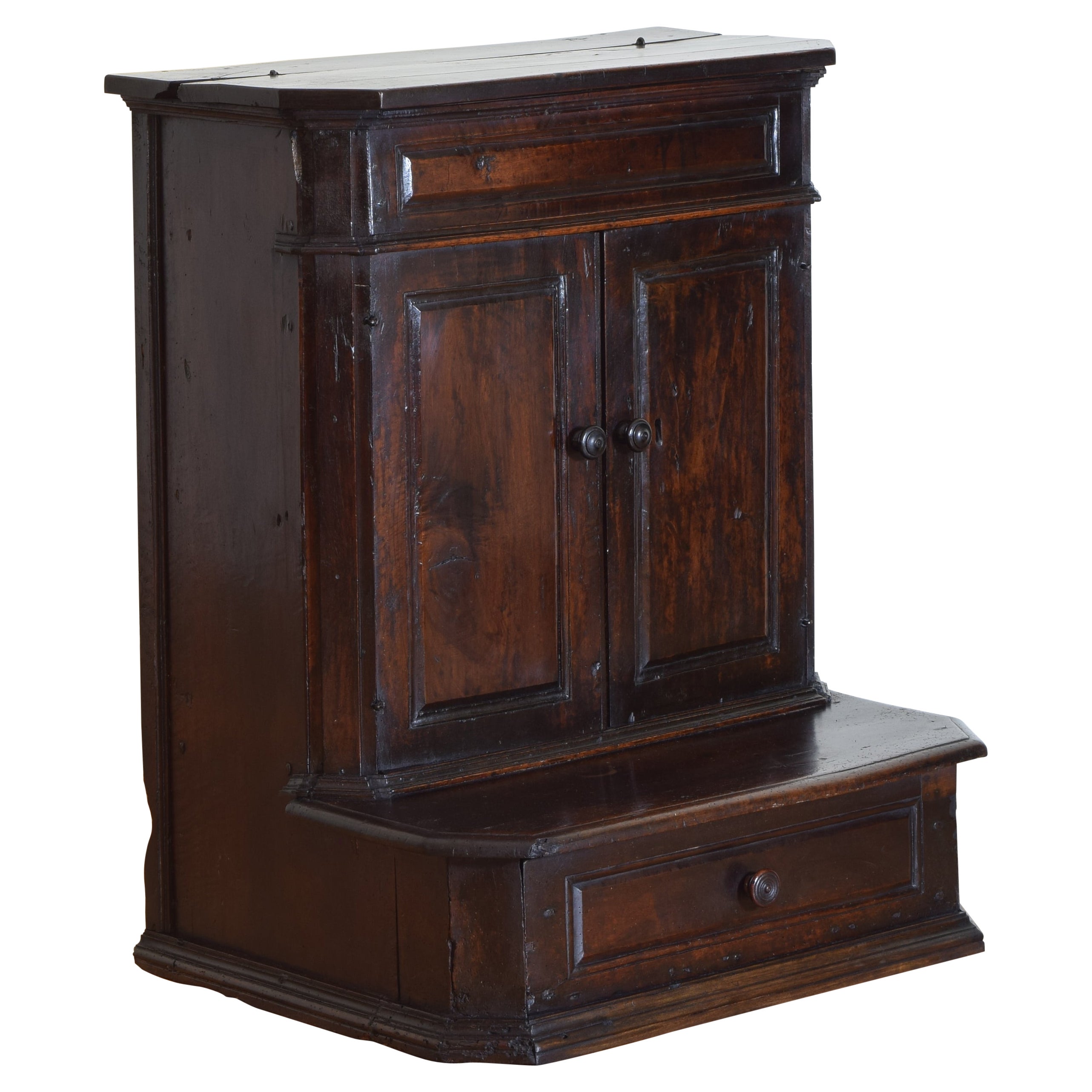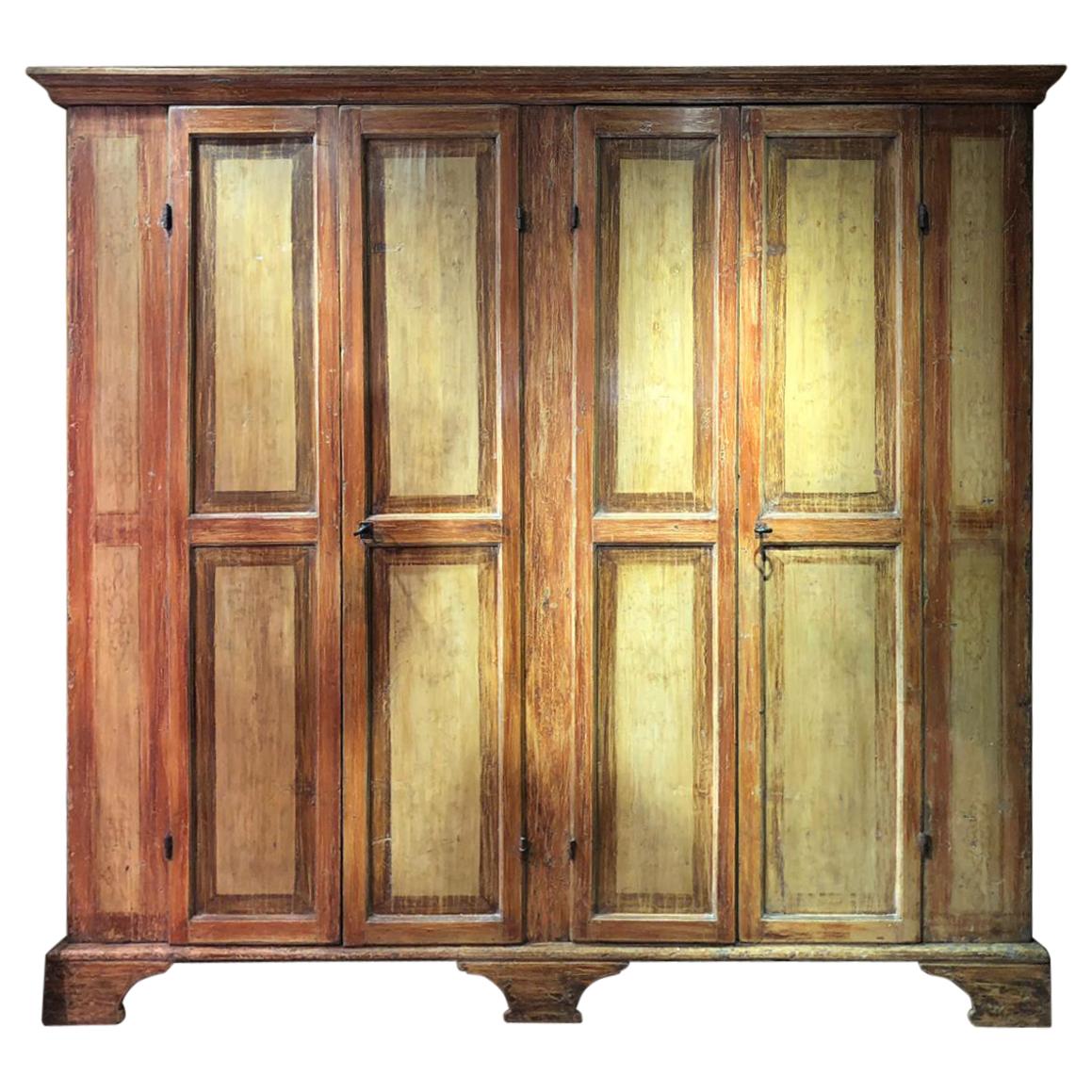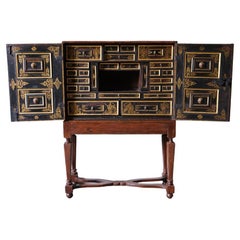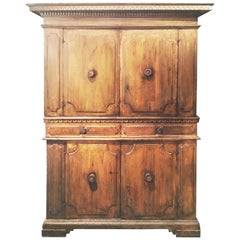
Early 17th Century Central Italian Painted Oak Wood Double Body Cabinet
View Similar Items
1 of 20
Early 17th Century Central Italian Painted Oak Wood Double Body Cabinet
About the Item
- Dimensions:Height: 88.98 in (226 cm)Width: 70.08 in (178 cm)Depth: 29.14 in (74 cm)
- Style:Renaissance (Of the Period)
- Materials and Techniques:
- Place of Origin:
- Period:Early 17th Century
- Date of Manufacture:circa 1610
- Condition:Wear consistent with age and use.
- Seller Location:Firenze, IT
- Reference Number:1stDibs: LU4265114344332
You May Also Like
- Late-17th Century, Dutch Oak Cabinet on StandLocated in London, GBDutch oak cabinet on stand An exceptional late 17th-century Dutch oak cabinet-on-stand with an ornately carved interior, depicted in the Baroque man...Category
Antique Late 17th Century Dutch Baroque Cabinets
MaterialsMetal
- Antique Late 17th Century Dutch Renaissance Single-Door Cabinet in Solid OakLocated in Casteren, NLThis elegant single-door cabinet was made in the Southern part of the Netherlands in the late 17th century. It was made in the best quality quarter-sawn oak in the tradition of the Dutch Renaissance during the “Dutch golden age”. The piece is of exceptional quality and was made completely in watered oak...Category
Antique Late 17th Century Dutch Renaissance Cabinets
MaterialsSteel
- 17th Century English Oak CupboardLocated in Mt Kisco, NY17th century English oak cupboard. The cupboard has a dark stained oak patina with a raised panel design on each side. The cupboard doors ...Category
Antique Late 17th Century Welsh Charles II Cupboards
MaterialsOak
- 17th Century Dutch Renaissance Oak and Ebony Inlay Four-Door Cabinet Dated 1660Located in Casteren, NLThis extraordinary cabinet is made of the finest watered oak in the tradition of the Dutch Renaissance during the “Dutch golden age” It is a four-door cab...Category
Antique Mid-17th Century Dutch Renaissance Cabinets
MaterialsSteel
- 17th Century Austrian Folk Painted CupboardLocated in London, GBA striking, late 17th century heavily patinated pine cupboard from the alpine region of Styria. Featuring intricately forged iron hardware and remnants of historic folk paintwork, wi...Category
Antique 17th Century Austrian Folk Art Cupboards
MaterialsIron, Wrought Iron
- 16th Century Renaissance Two-Bodied CabinetLocated in Saint-Ouen, FRFormer collection Altounian At the beginning of the reign of Henri II (1547-1559) the furniture’s ornamentation evolves. The few medieval motifs that were still used are eventually relinquished. Furniture becomes more sober showcasing moulded panels and perfect architecture. Cabinet-makers use ornaments such as curved fluted or plain columns, feather quills, roses or winged putti heads. High-relief carving becomes more scarce and compositions lighter. To that end cabinet-makers draw inspiration from Fontainebleau motifs filtering them and adapting them to French taste. During this period cabinet-makers turn into a kind of architects. Indeed the architectural balance of furniture is the centre of their concerns. The study of Antic formulas is then a necessity. From this care given to proportions appear refined cabinets with pure lines. This style is characteristic of the reign of Henri II and disappears soon after under the regency of Catherine de Medici (1560-1574) when an abundance of high and low-relief ornaments comes back on furnitures. This two-bodies cabinet...Category
Antique 16th Century French Renaissance Cabinets
MaterialsWalnut

